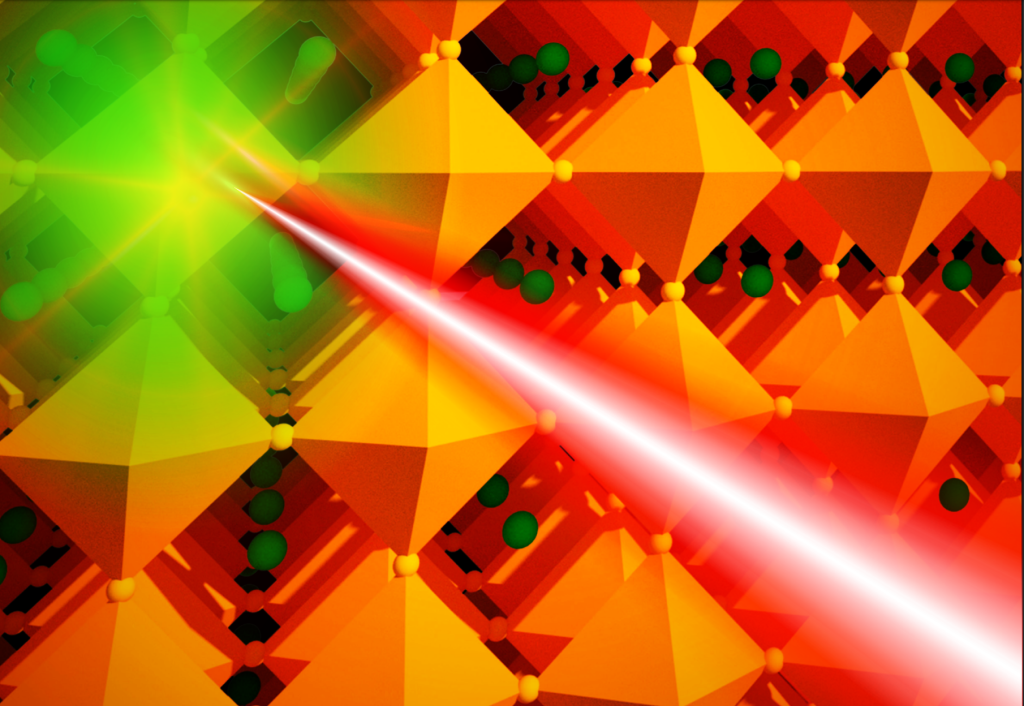
Halide Perovskites are an emerging material family with astonishing optoelectronic properties. They have become promising materials for high-performance solar cells, shown by the fact that they might reach the efficiencies of traditional silicon in less than 15 years of research. However, for their widespread application, two main issues remain.
Firstly, they must be stable on the timescale of years and, secondly, their chemistry must be rationalized to have full control of their properties. PERSOPASS aimed to tackle these issues by studying the relation between the chemistry and the optoelectronic properties of halide perovskites. This should provide novel strategies for obtaining stable and reproducible samples for long-lasting applications.
With reliable perovskite solar cell production, Europe could revolutionize the photovoltaic market by being able to produce photovoltaic panels locally. This could lead to new supply chains being created and Europe shedding its dependance on Asian partners. Knowing how to manage and stabilize the perovskites is a key element not only for research but also for industries that want to develop reliable products with low overheads.
The strategy pursued in PERSOPASS focused on studying the chemistry of the perovskites at thermodynamic equilibrium (which is by definition the most stable state point of the system). This should be reachable thanks to the self-healing properties of halide perovskites. Strategies for the recuperation of damaged perovskite solar panels have been assessed and may finally permit a long-term use of the halide perovskite technology for solar energy applications.
This project has received funding from the European Union’s Horizon 2020 research and innovation programme under the Marie Skłodowska-Curie grant agreement No. 893194.
PERSOPASS pubblications
- Shedding light on electronically doped perovskites, Materials Today Chemistry, 2023, 29, 101380.
- Self‐Healing and Light‐Soaking in MAPbI3: The Effect of H2O, Advanced Materials, 2022, 34 (35), 2110239.
- The Saga of Water and Halide Perovskites: Evidence of Water in Methylammonium Lead Tri‐Iodide, Advanced Functional Materials, 2022, 32, 2204283.
- Nanomechanical signatures of degradation-free influence of water on halide perovskite mechanics. Comunication Materials, 2022, 3, (1), 1-11.
- Defects in Hybrid Perovskites: The Secret of Efficient Charge Transport, Advanced Functional Materials, 2021, 31, (48), 2104467.

This website reflects only the author’s view and that the Research Executive Agency is not responsible for any use that may be made of the information it contains